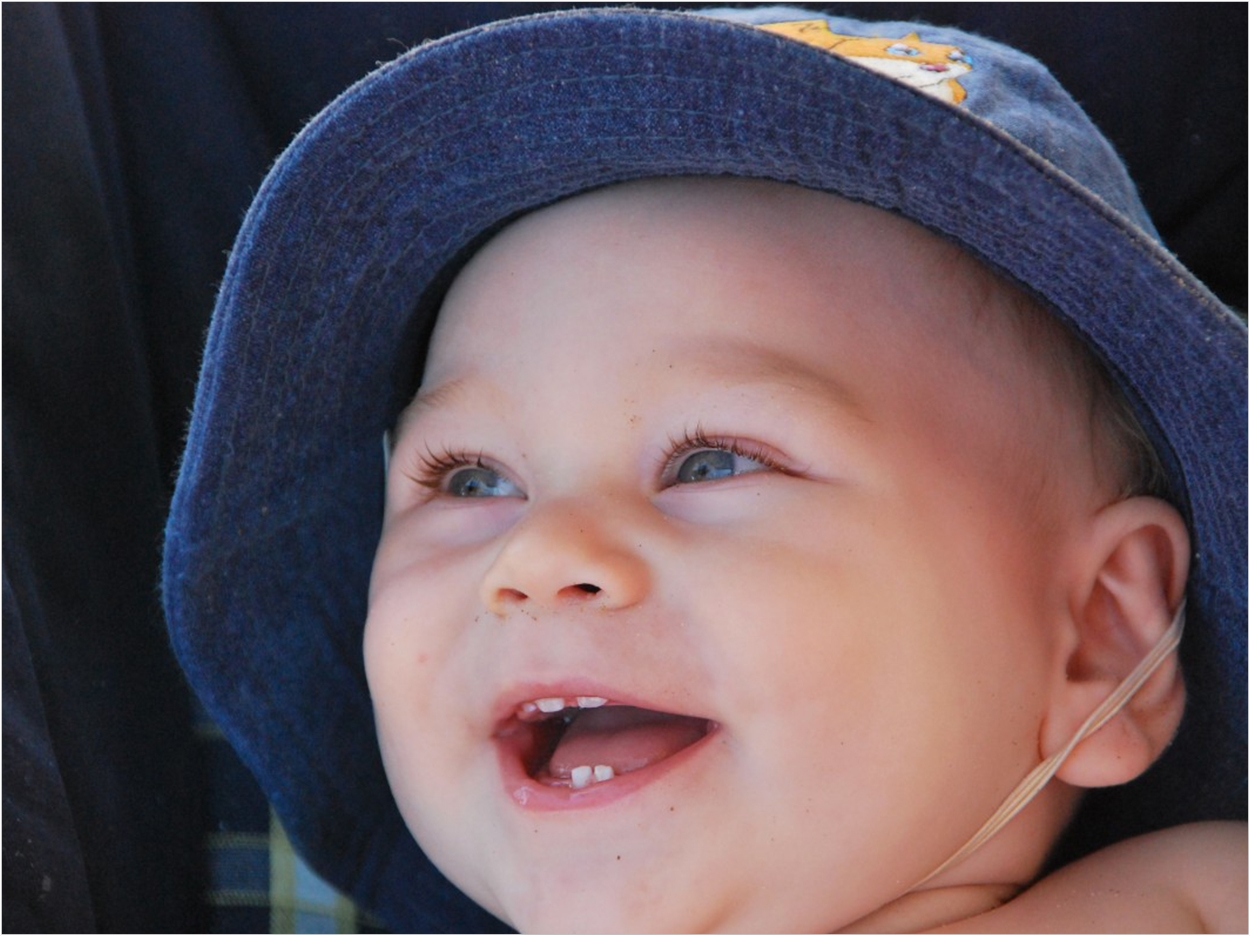
Using evidence found in baby teeth, researchers from the Icahn School of Medicine at Mount Sinai report that cycles involved in zinc and copper metabolism are dysregulated in autism spectrum disorder (ASD) and can be used to predict who will later develop it. The researchers used the teeth to reconstruct prenatal and early life exposures to nutrient and toxic elements in healthy and autistic children.
This is the first study to generate a 90% accurate fetal and early childhood biomarker of ASD using a longitudinal analysis of distinct metabolic pathways, said the researchers, who also noted that its results could produce a new diagnostic approach for ASD, which now affects one in every 68 children in the United States, according to the Centers for Disease Control and Prevention.
To determine the effects of the dysregulation of zinc and copper metabolism on developing ASD, the researchers used biomarkers in baby teeth collected from twins living in Sweden and replicated these findings in three other populations: a group of non-twin siblings in New York and two populations of non-related participants from Texas and the United Kingdom.
During fetal and childhood development, a new tooth layer is formed every day. As each of these “growth rings” forms, an imprint of many of the chemicals circulating in the body is captured in each layer, providing a chronological record of exposure. The research team used lasers to sample these layers and reconstruct the past exposures along incremental markings.
“We found significant divergences between ASD-affected children and their healthy siblings and used these biomarkers to predict the emergence of the diseases,” said first author Paul Curtin, PhD, assistant professor in the Department of Environmental Medicine and Public Health at the school. “These findings suggest that the cyclical metabolism of nutrients and toxicants is critical to healthy neurodevelopment and the emergence of autism.”
“The results of this study are important because they identify specific pathways related to autism pathology and could lead to an early warning system for ASD and other neurodevelopmental disorders,” said Manish Arora, PhD, BDS, MPH, professor and vice chairman of the Department of Environmental Medicine and Public Health. “If ASD is diagnosed at a younger age, parents can take advantage of the early introduction of therapies.”
Next, the researchers plan to use baby teeth to study the association of metal metabolic cycles with attention deficit-hyperactivity disorder and other disorders.
The study was published by Science Advances.
Related Articles
Baby Teeth Offer Clues to Autism Risks
Q&A Dr. Romer Ocanto Discusses New Autism Training
Baby Teeth May Hold Clues to PWS and Autism Treatment












